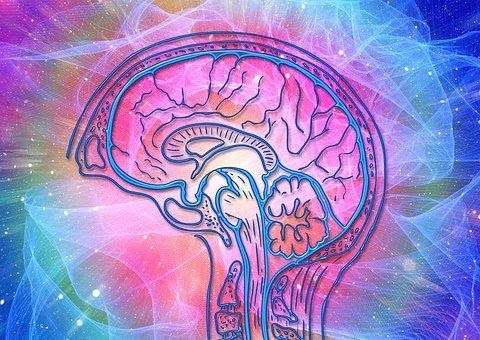Abstract Art and its Cognitive Effect 📰

We’re all attracted to abstract artwork. Whether it makes us smile, or even riles up some negative emotions, the ambiguity of this art form is a source of intrigue for each and every one of us. Studies have shown how painting can be a source of therapy and mental comfort, but even simply viewing artwork has an effect on the brain.
Read on as we look at the science behind viewing abstract art and the cognitive effect it induces.
Art and its Visual Impact
When our eyes see something, the visual system of the brain is tasked with filtering this information based on what it has seen before and already knows, if it’s something similar to what you’ve seen before, or it’s something that you’ve never encountered before. As we progress through multiple experiences in life, basic visual aspects like a collection of lines start developing meaning, such as resembling a building, etc.
However, unlike the real objects and items we see, and even realistic artwork, abstract art is free of these boundaries and limitations. It activates the visual cortex of the brain that might associate some aspects to what we know, such as discernible features like the faces used in Picasso’s cubist paintings.
The real question arises: how does the brain process the abstraction, and how is this pleasing for the brain?
How the Brain Perceives Abstract Art
There have been studies over time to see how different forms of art impact the brain. While art forms like still lifes, landscapes, and more activated specific areas in the brain when scanned, abstract art didn’t do the same for any specific region of the brain. The key here is that abstract art doesn’t fit into any one of the categories that our brain has created based on past experiences and knowledge.
Viewing artwork, in general, activates the frontal cortex, and the amygdala, the regions that are generally associated with lighting up when a person experiences joy or other positive emotions.
In general, when we view something concrete and realistic, our brain starts working furiously to organize and filter it. However, when it comes to abstract art, the brain’s focal activity is lower since the visual object is not one that can be categorized.
The Two Main Ways of Perceiving Art
When it comes to observing and processing abstract art, the brain is likely to take one of two approaches, and this varies from person to person. The first approach is to interpret the image as a whole, and the other is to process it based on the artistic style and technique used. Commonly, the first one is unconsciously implemented by those who are viewing art casually or for the first time. The second circumstance occurs for those who have prior experience and may even be familiar with different abstract artists and the techniques that they are well known for.
The processing of abstract art based on style generally takes longer and is processed by the brain’s style analysis region which is generally a part of the brain that is not used too frequently by most people.
Human Attraction to Abstract Art
Visual interpretation of a stimulus is processed in three stages: viewing it, associating it with what data is already stored in the brain, and the emotional state it invokes. Since the regions of the brain it activates are somewhat unfamiliar to us, the mind is free to create a multitude of boundless perceptions.
The conclusion commonly drawn, is that how abstract art affects us mentally is strongly dependent on our mental state at the time of viewing. The unique and unchartered areas of the mind that abstract art activates, implies that it plays a significant cognitive role. Exploring new areas of one’s own mind is associated with a sense of positivity.












